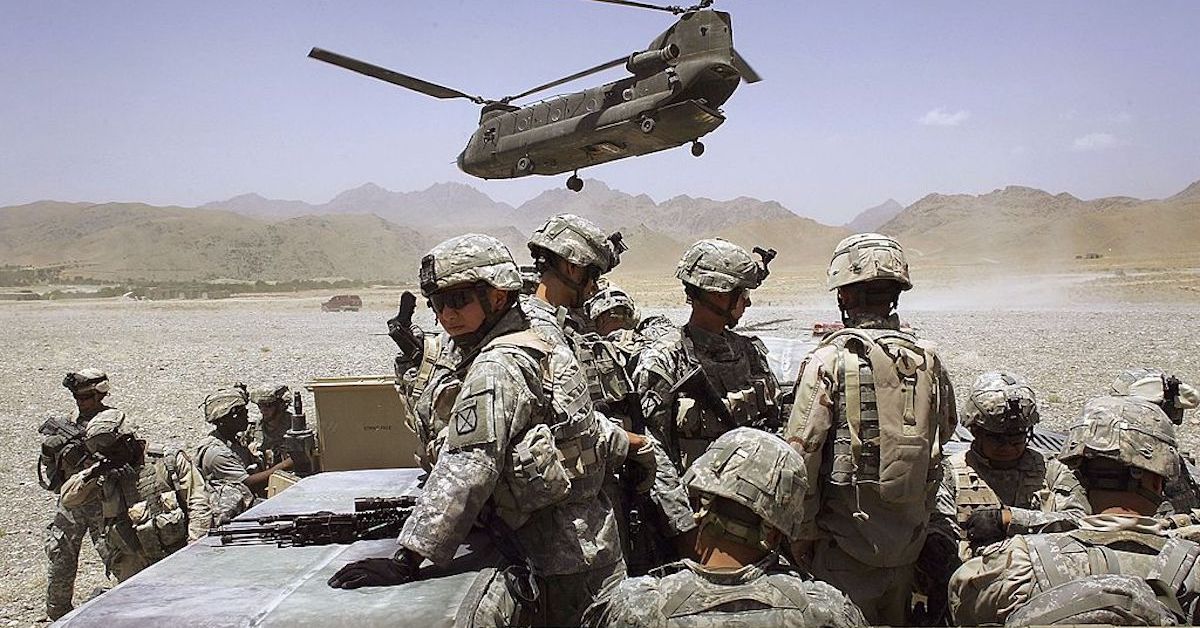A report published by the Costs of War Project on August 18, 2021 has shed light on the costs of caring for veterans of the wars in Iraq and Afghanistan. The analysis shows the total costs will likely range from $2.2 to $2.5 trillion by 2050, placing financial pressure on the U.S. government and creating difficult financial decisions for veterans.
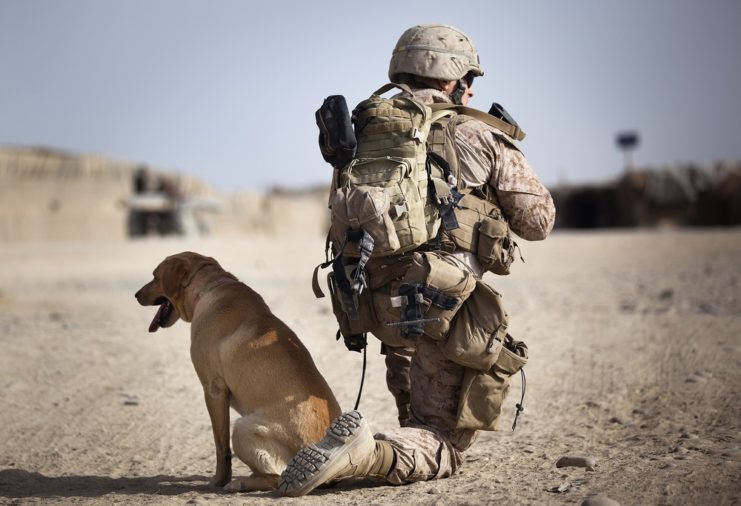
The latest analysis is roughly $1 trillion over previous estimates done by the group in 2011 and 2013. Its authors cite “more frequent and longer deployments, higher levels of exposure to combat, higher rates of survival from injuries, higher incidence of serious disability, and more complex medical treatments” as the reasons behind the increase.
In particular, these include extraordinarily high rates of disabilities among Afghanistan and Iraq veterans; more advanced and expensive medical care; greater outreach by the federal government to make veterans aware of their eligibility for benefits; more generous eligibility and benefit compensation; and investment by the Department of Veterans Affairs to process and administer claims and benefits programs and to deliver health care.
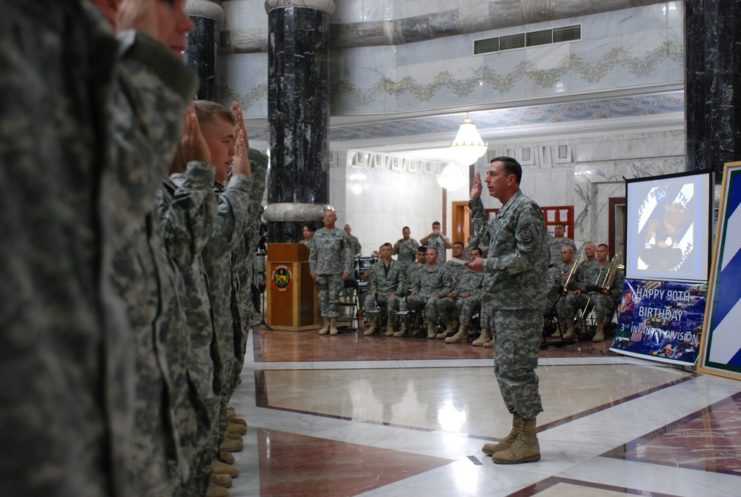
About $900 billion of the estimated costs will be associated with medical care by VA physicians and contractors, as all post-9/11 veterans are eligible for five years of free heath care through the VA. Those with significant service-related injuries can qualify for lifetime care. More than 40 percent of troops who served in Iraq and Afghanistan have been approved for these benefits.
It’s also estimated that about $100 billion will be spent on keeping up with the increase in demand for care, while another $1.4 trillion will be spent on disability benefits payouts.
“The wars in Iraq and Afghanistan have created a veterans care crisis, with disability rates soaring past those seen in previous wars,” said Linda Bilmes, a professor at Harvard University and the report’s lead author. “This will take a long-term toll not only on veterans, but the U.S. taxpayers that will bear these costs for decades to come.”
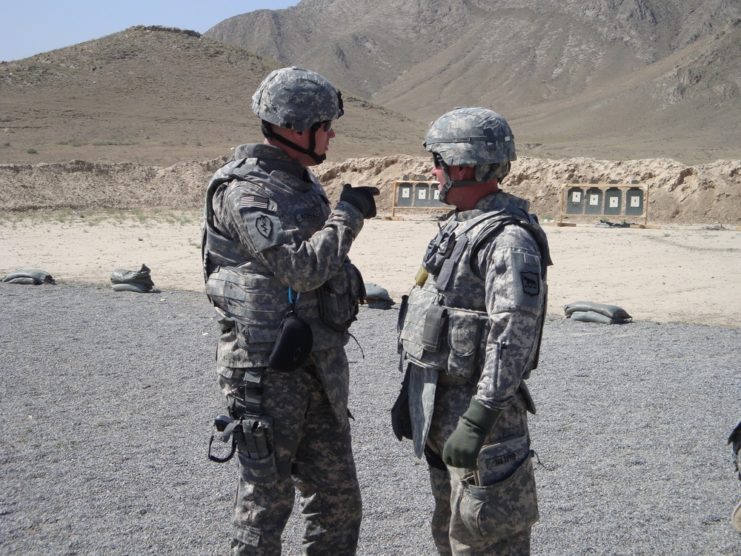
During the 2001 fiscal year, before the deployment of troops in Afghanistan, veterans spending accounted for just 2.4 percent of the annual federal budget. That total jumped to 4.9 percent during the 2020 fiscal year.
“The majority of the costs associated with caring for post-9/11 veterans has not yet been paid and will continue to accrue long into the future,” the report reads. “As in early U.S. wars, the costs of care and benefits for post-9/11 veterans will not reach their peak until decades after the conflict, as veterans’ needs increase with age. This time around, veterans’ costs will be much steeper.”
More From Us: VA Launching Service Dog Program For Veterans With PTSD
Past analyses have shown that some three million veterans served in both wars, either in direct combat or support positions. Of those who served, the median age is 37.
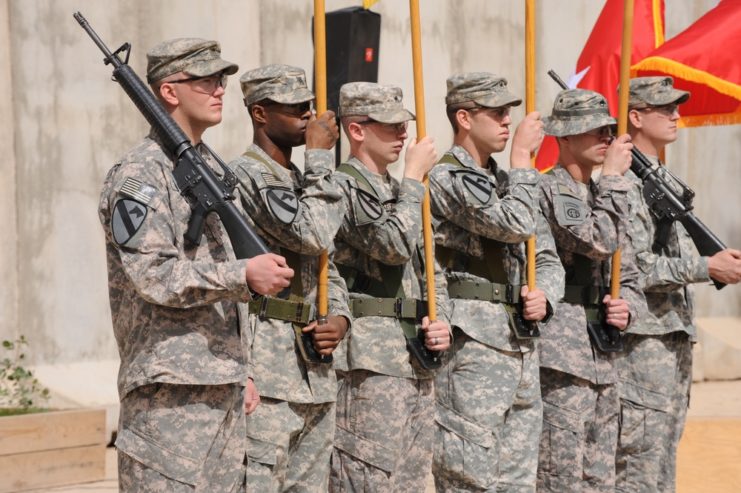
The report warns that the increased demands are already placing pressure on the federal budget, and that the country is at risk of defaulting on its financial obligations to veterans. It offers two possible solutions to help rectify this, the first being the creation of a Veterans Trust Fund to track and set aside funds. The second would be government changes that would lessen the burden on troops once they leave the military.
It concludes: “As the U.S. tries to close this chapter in its military history, an entire generation of veterans and families will not be able to do so. The cost of these wars in blood, toil and treasure will endure for the next half-century.”
